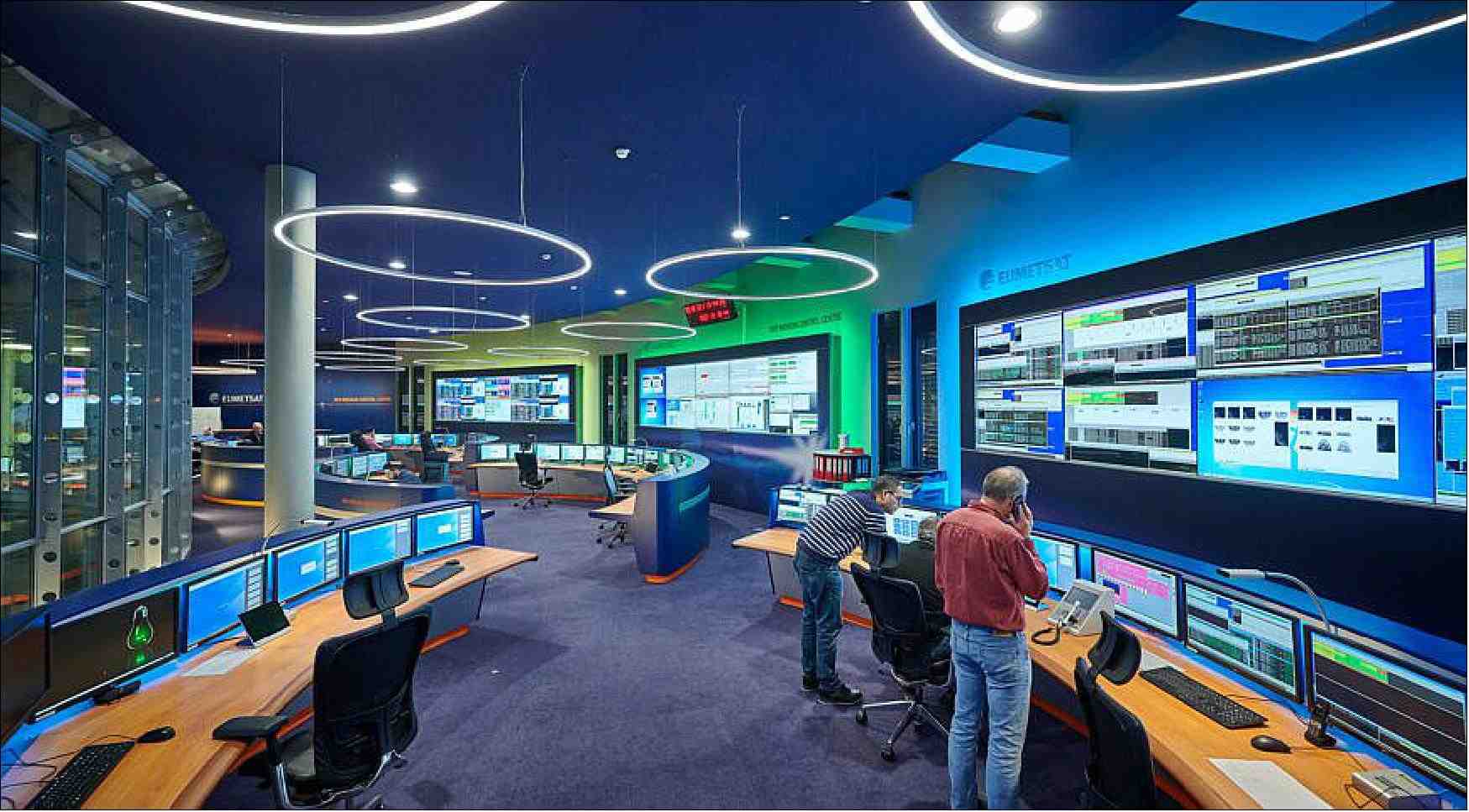Latest Breakthroughs in SDR Technology
The latest breakthroughs in SDR technology are lifting it to new heights. The technology behind 4G mobile handsets has been a major catalyst, but there is more to come.
Field-programmable gate arrays (FPGAs) enable the rapid/agile development of waveform software. Hardware-agnostic source code allows easy portability between hardware platforms.
AI could enhance cognitive radio networks by classifying and identifying signals while reducing interference from other sources. This would allow intelligent communication systems to adapt to dynamic and contested environments.
1. RTL-SDR Scanner on Linux
Using software defined radios it is possible to turn cheap RTL-SDR dongles into a variety of scanner type receivers. Traditionally these are implemented as analogue hardware components but with modern computers and analogue to digital converters many of these can now be implemented in software.
sdr-radio is a free and cross platform program that can be used with a range of different SDR receivers. It has a variety of features including RDS decoders, RTTY, PSK and satellite trackers. It also includes a multi-channel spectrum analyzer.
Unitrunker is a trunking control channel decoder and controller. It can be used in conjunction with general purpose SDR software like SDR# or, in the latest preview version, it can connect directly to the RTL-SDR.
rtl_acars_ng is an improved version of the rtl_acars command line based Linux ACARS decoder. It has a number of new features and an improved airline database.
2. RTL-SDR Scanner on Windows
SDR has become a dominant industry standard across many sectors and technologies, from military radios to cellular devices. The growing demand for wireless connectivity and the rising expenditure on military and defense projects will boost the software defined radio market.
The RTL-SDR is an inexpensive and versatile piece of hardware that can receive FM, AM, SSB, digital TV (DVB-T, DVB-T2, and DVB-C), GPS, GSM, and LTE signals. It is ideal for hobbyists and students who want to get into the world of software-defined radio.
The NESDR Mini 2+ is an affordable RTL-SDR SDR receiver with several improvements over previous models. It comes with the improved R820T2 tuner, a 1PPM TCXO with no drift and accurate tuning, component tolerances that are improved over generic devices, a redesigned PCB, cooling improvements, extra ESD protection, and a software activatable bias-tee circuit to power external LNAs and active antennas. It also offers superior performance at LF and VLF frequencies.
3. RTL-SDR Scanner on Android
For anyone interested in using a computer for signal processing, RTL-SDR is an easy and affordable way to explore the frequency spectrum. It allows you to turn a low-cost tuner, such as a Realtek RTL2832U chipset found in most DVB-T TV tuners, into an RF receiver capable of scanning a wide range of frequencies.
The technology is also making its way into military and defense applications, such as dynamic RF environment mapping to identify signals of interest and potential threats. Additionally, AI can be used to classify the vast array of signals captured by SDR systems and adapt antenna beamforming to maximize signal strength and minimize interference.
New innovations in hardware won’t be very useful, however, unless they’re matched with better software and tools. Researchers are working to optimize how GNU Radio schedules memory buffers and improve the efficiency of data transfer to and from coprocessor devices like graphics processing units (GPUs) and field programmable gate arrays (FPGAs). This will enable more complex waveforms and protocols to be implemented on these SDRs with lower latency and power consumption.
4. RTL-SDR Scanner on iOS
SDRs have a unique challenge in reaching and connecting with key decision-makers. The best SDRs know how to use the tools at their disposal, including social media, email and phone to reach prospects at a deeper level. Whether using the power of humor in their cold emails or taking advantage of opportunities like a webinar, SDRs need to find ways to be creative in their communication.
While programmable SDR hardware can now be easily implemented with heterogeneous processing platforms that include multicore x86 central processors and coprocessors such as graphics processing units (GPU) or field programmable gate arrays (FPGA), the software for these devices is still challenging to develop and program. Until wireless engineers have access to a tool like LabVIEW FPGA that allows them to program these coprocessors as part of a standard open source SDR design, the growth potential of these technologies will be limited.




Comments are closed.